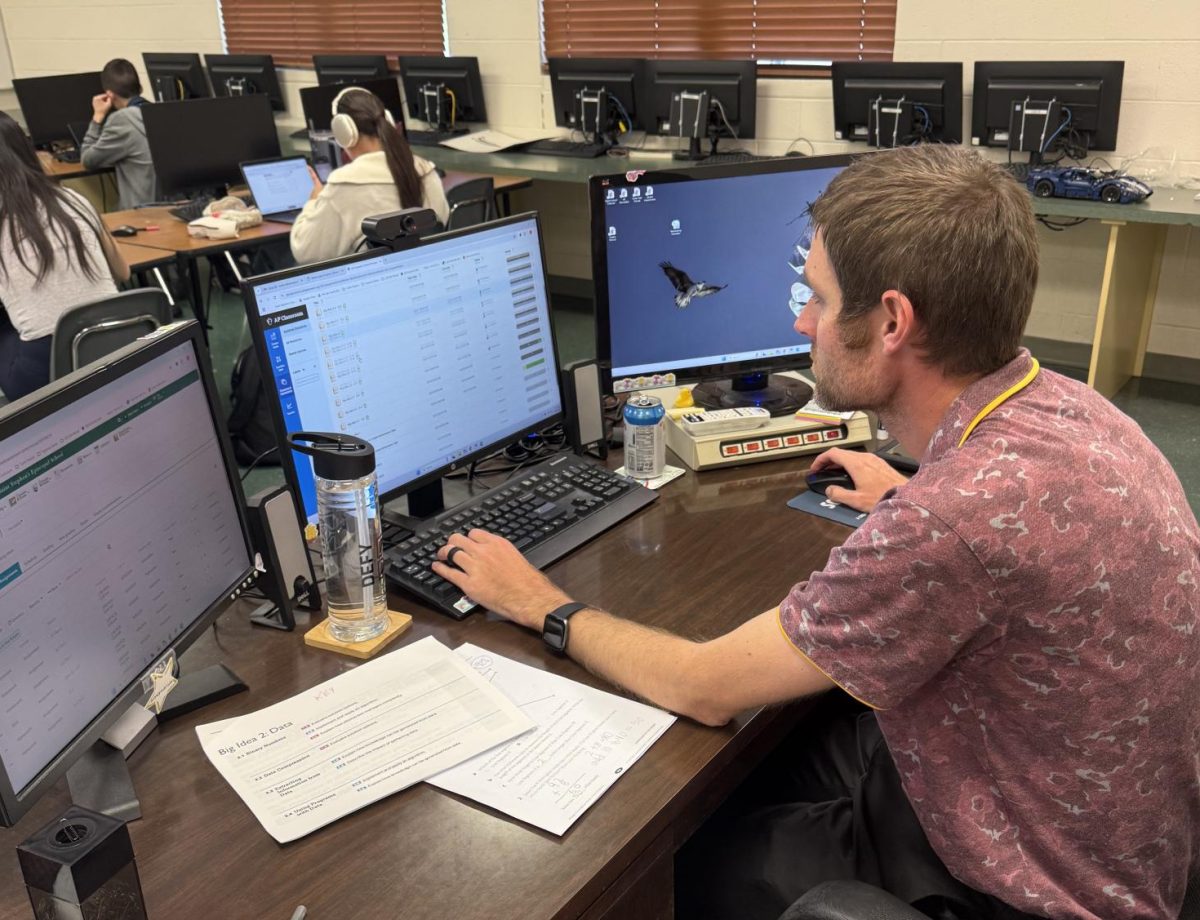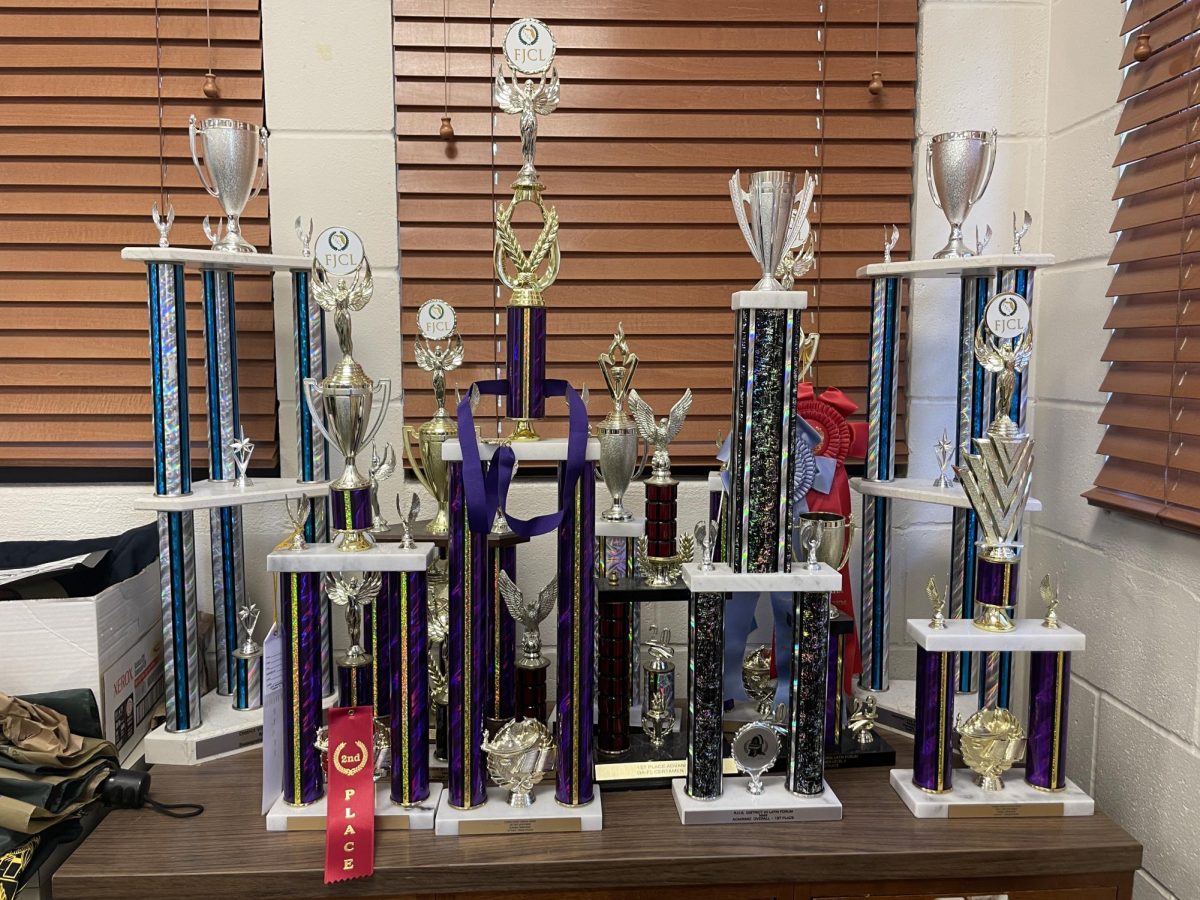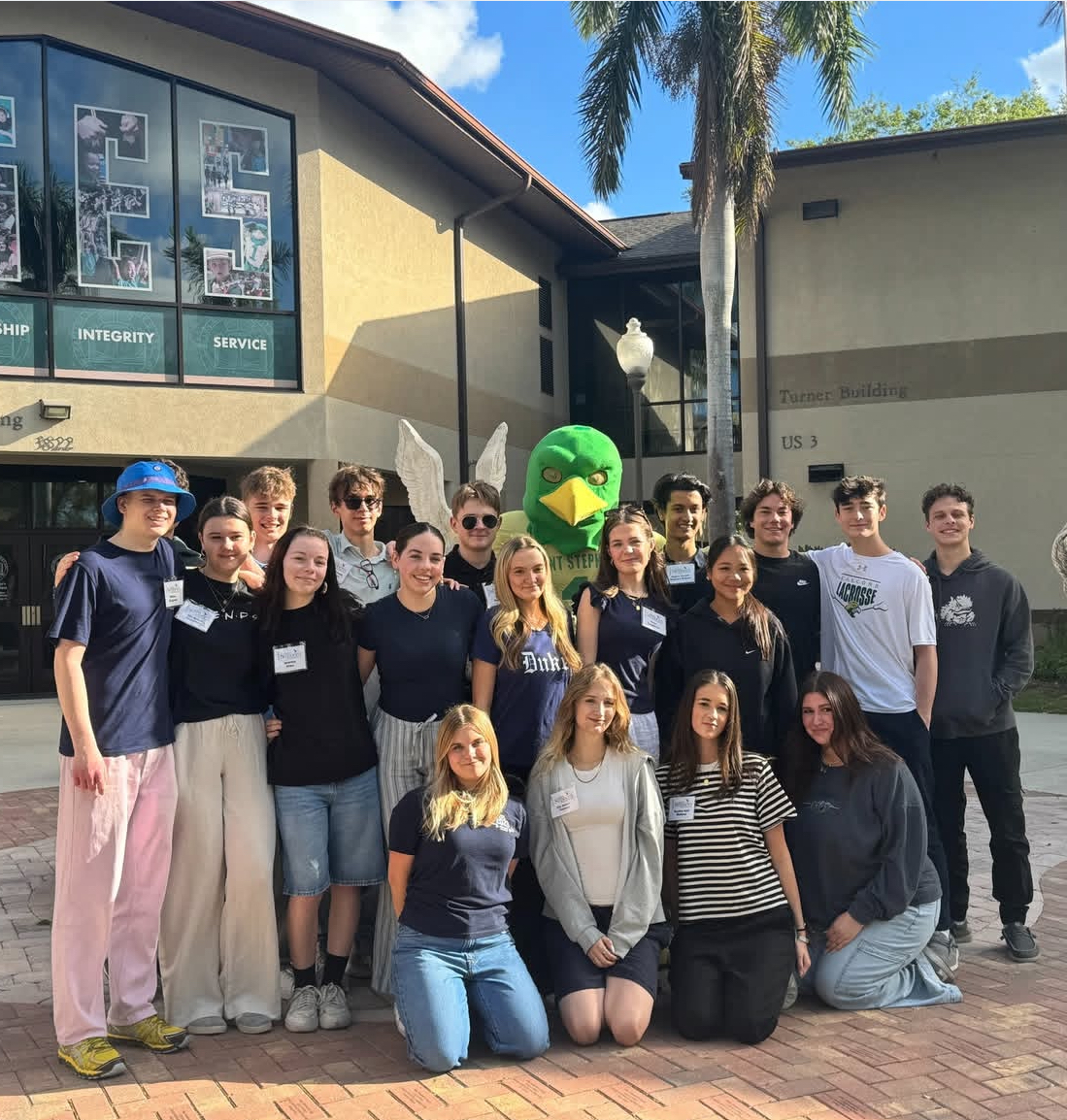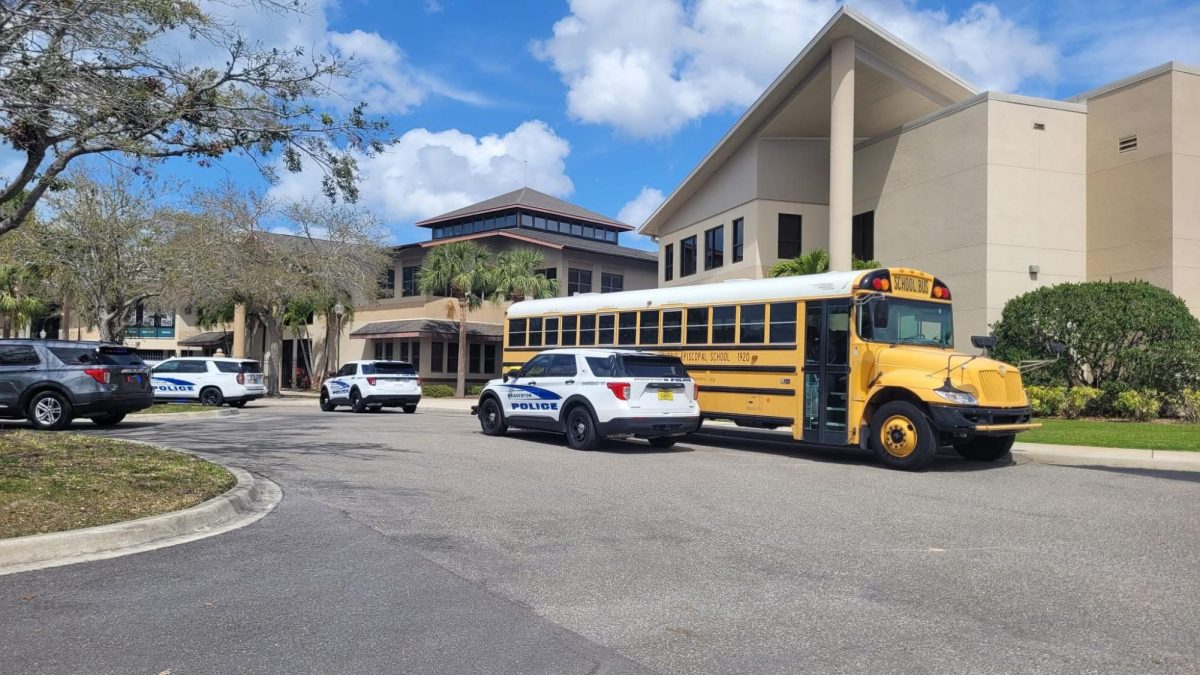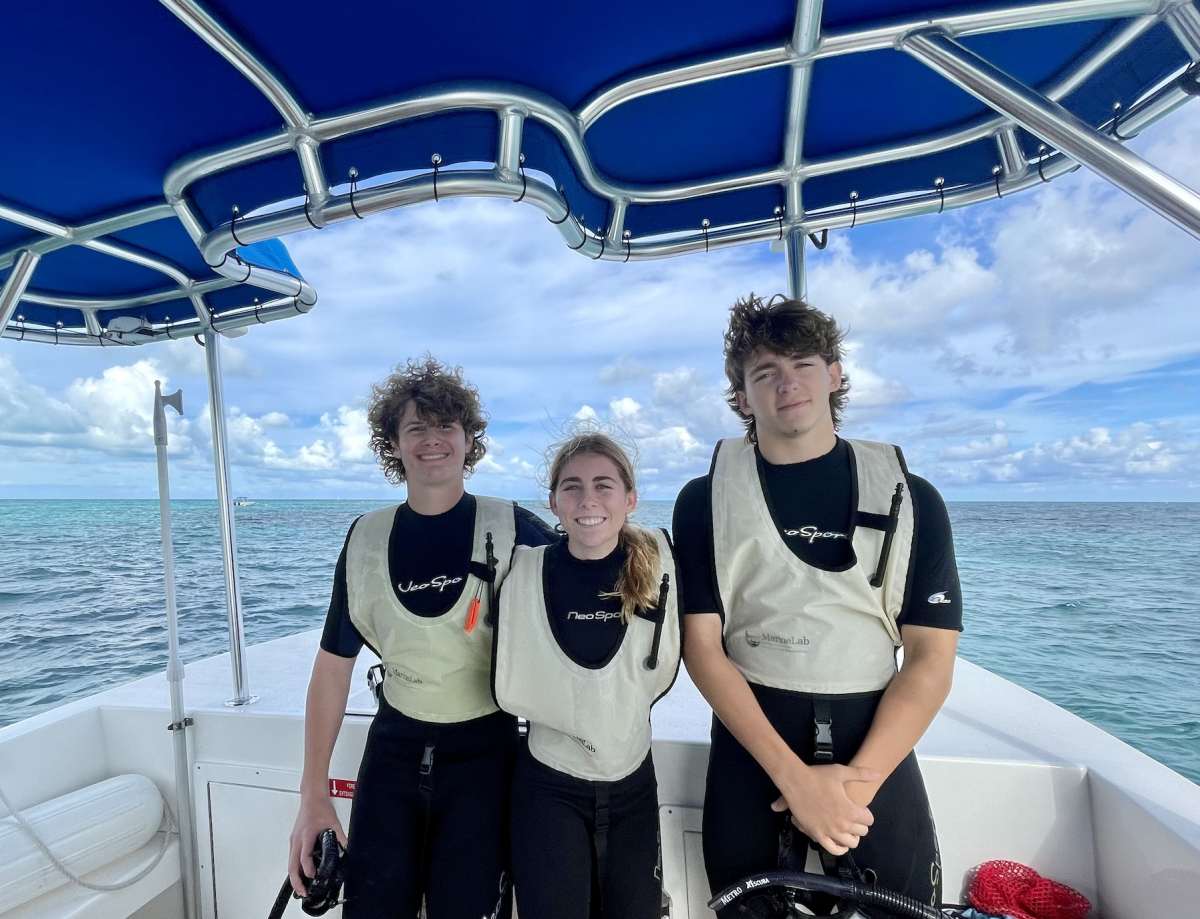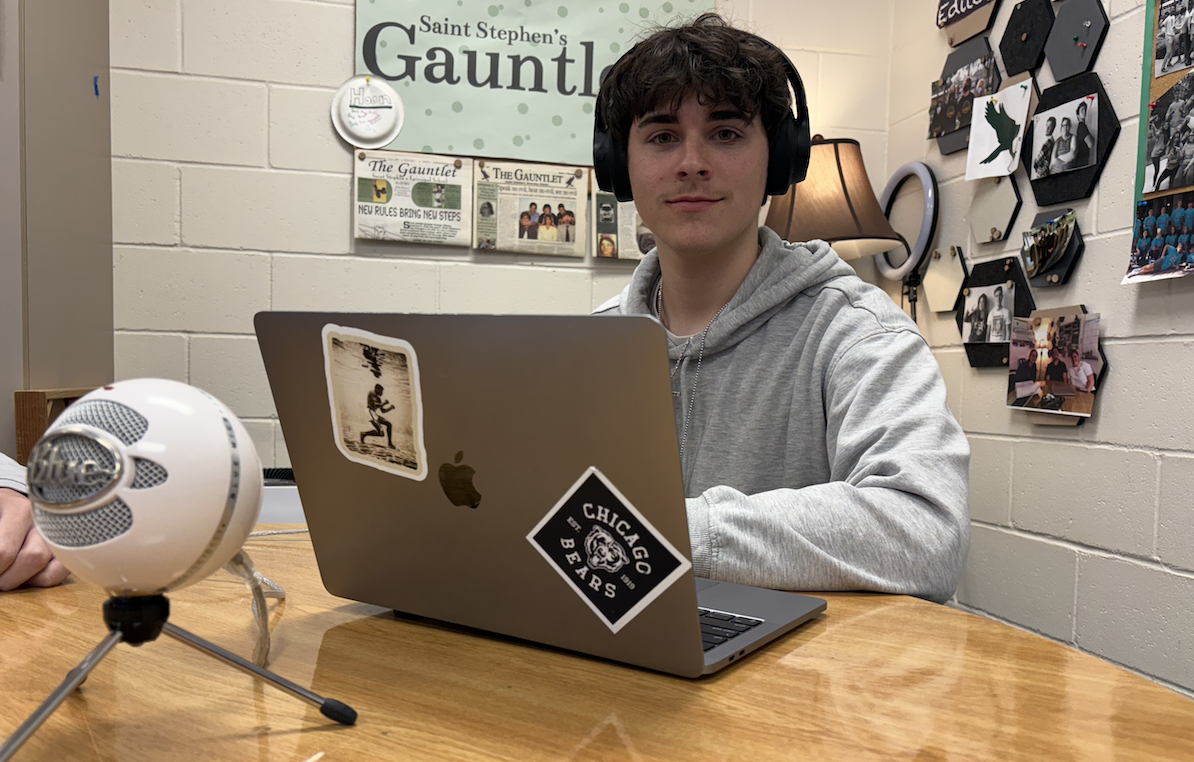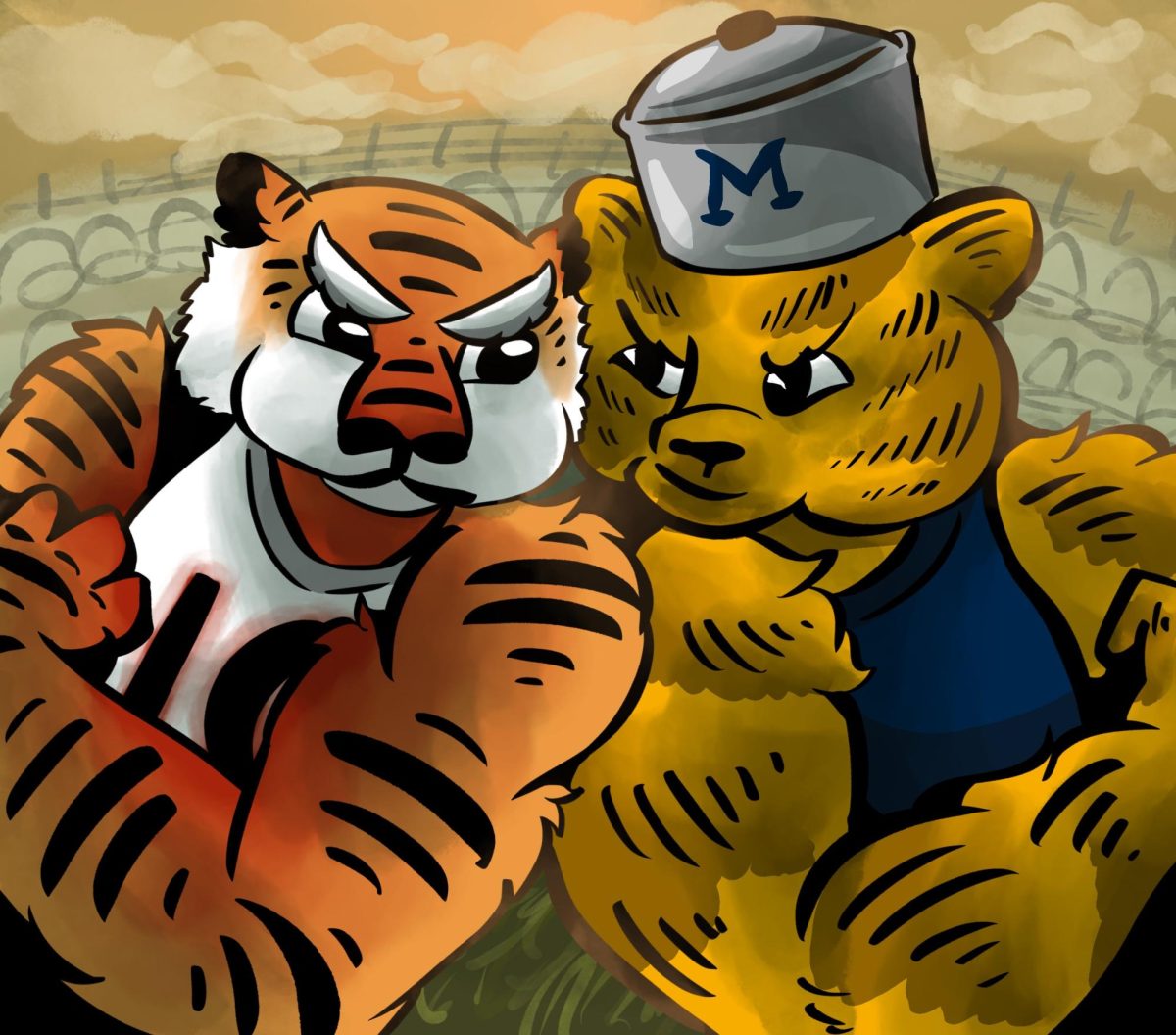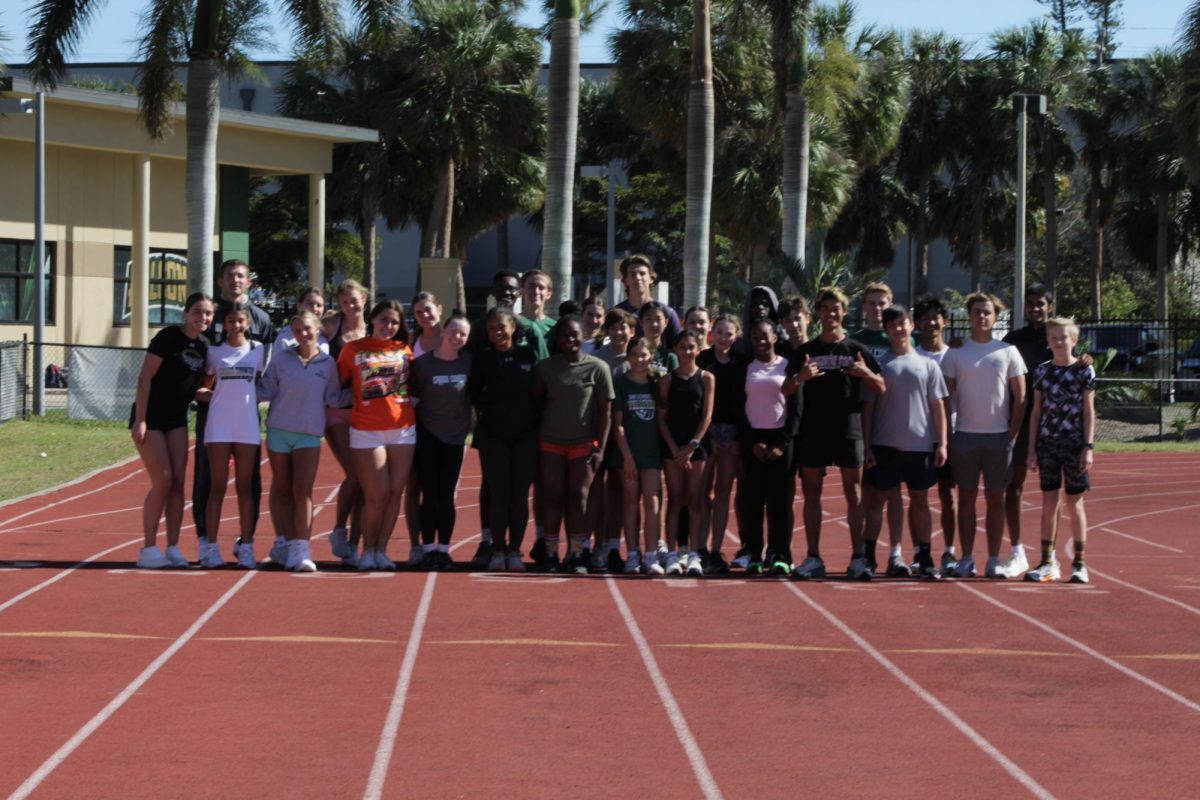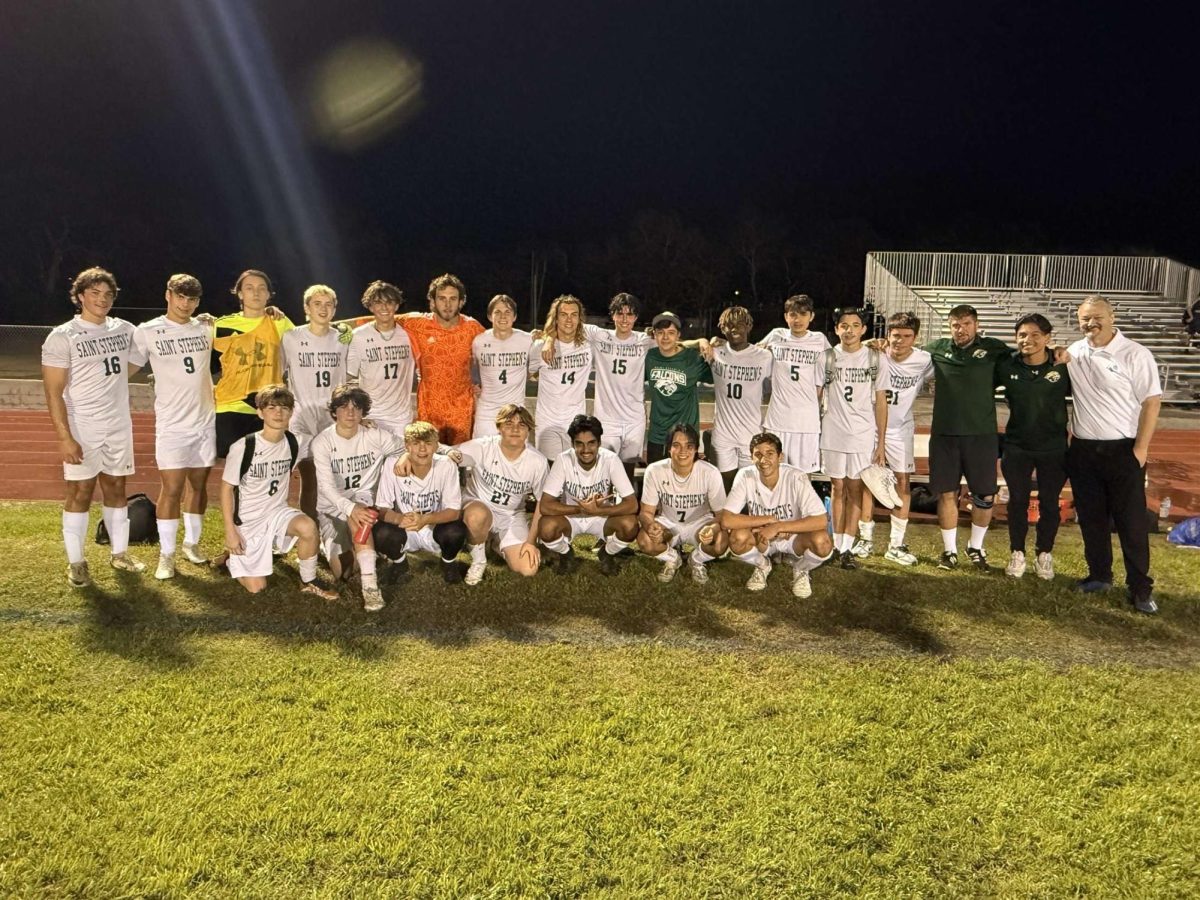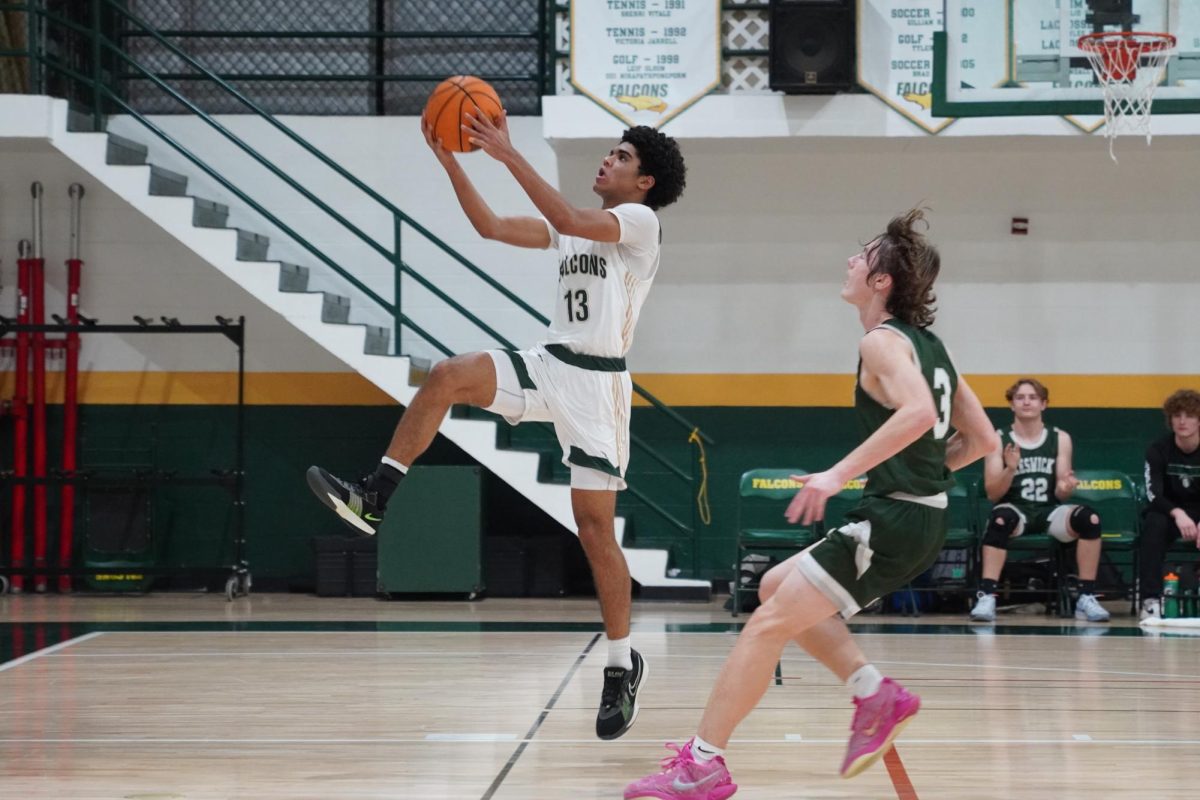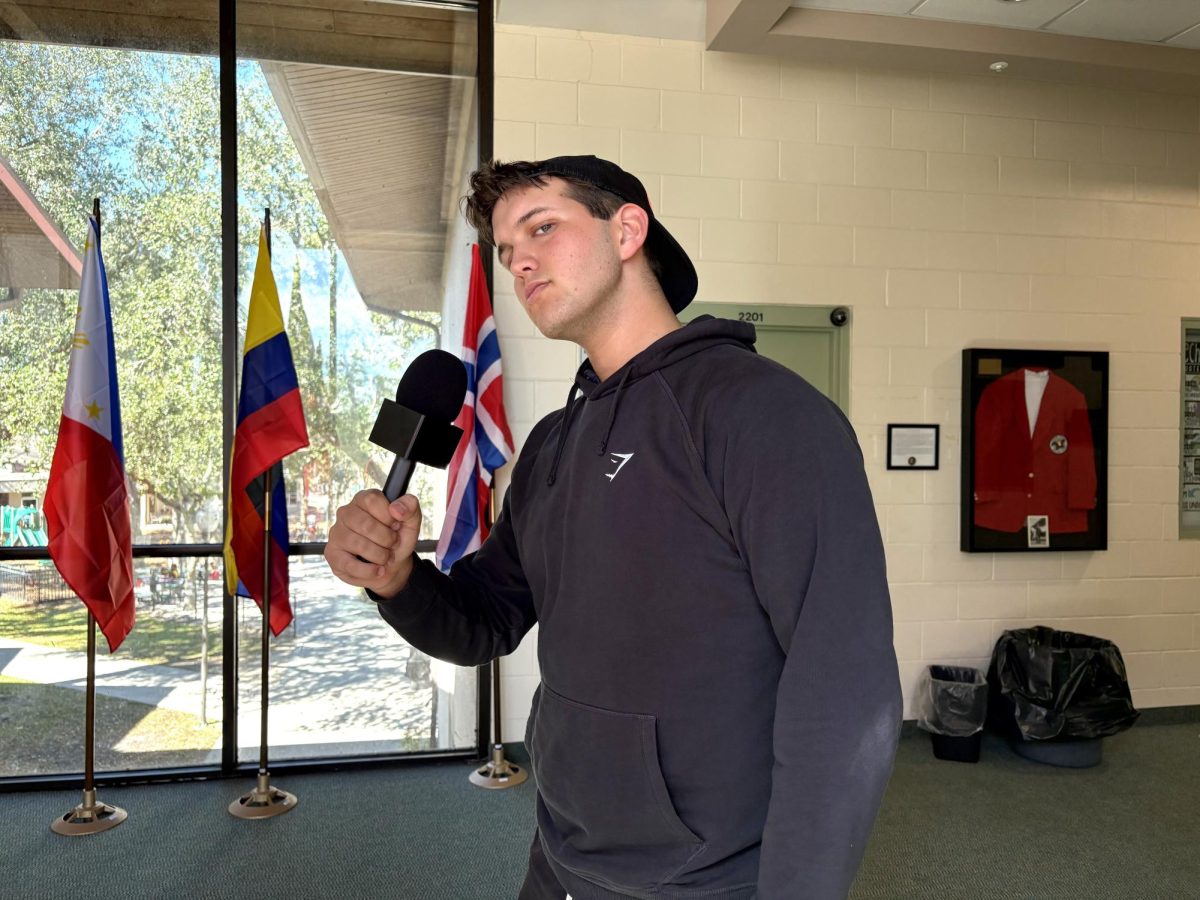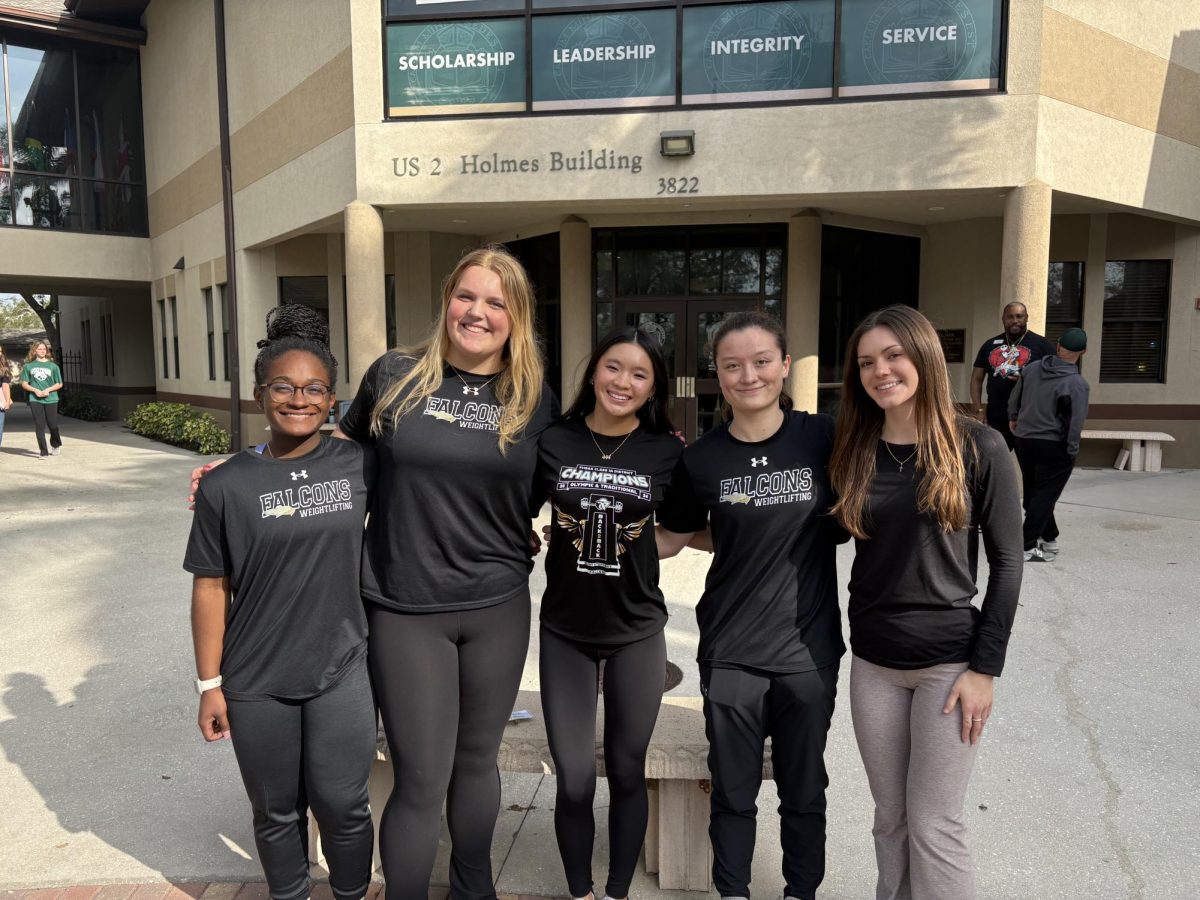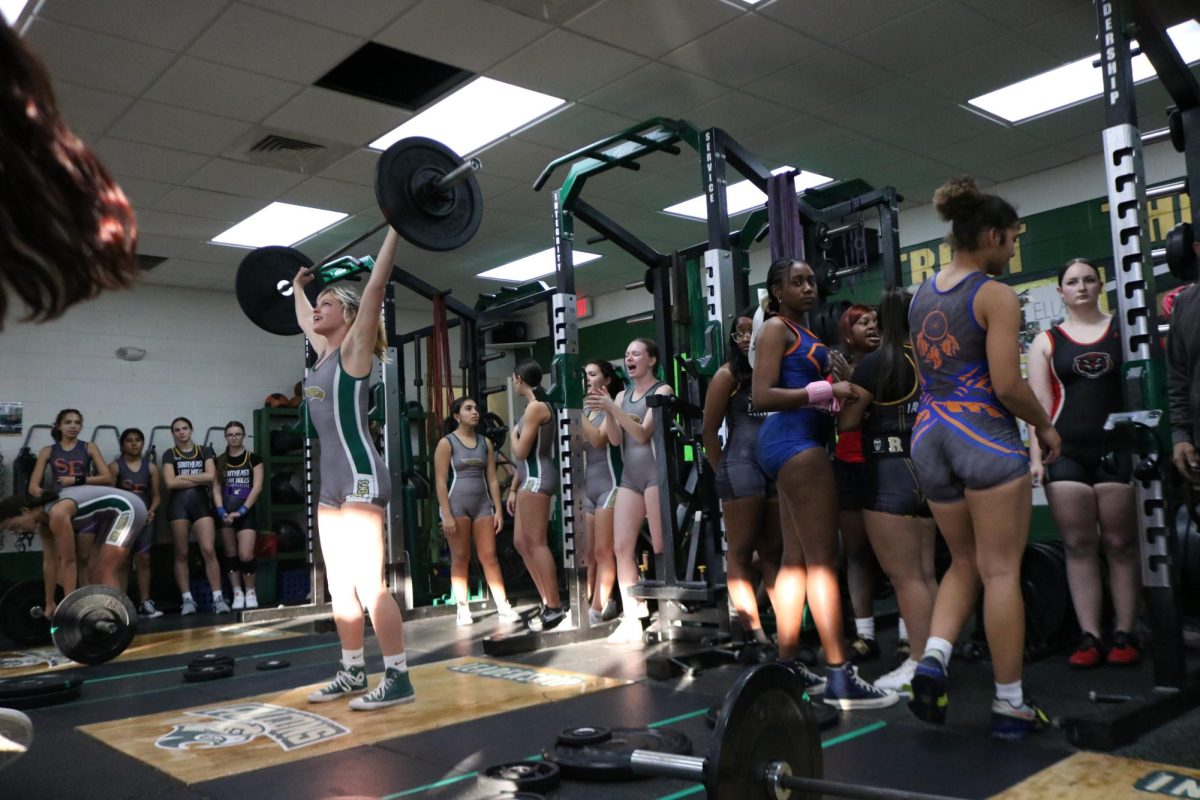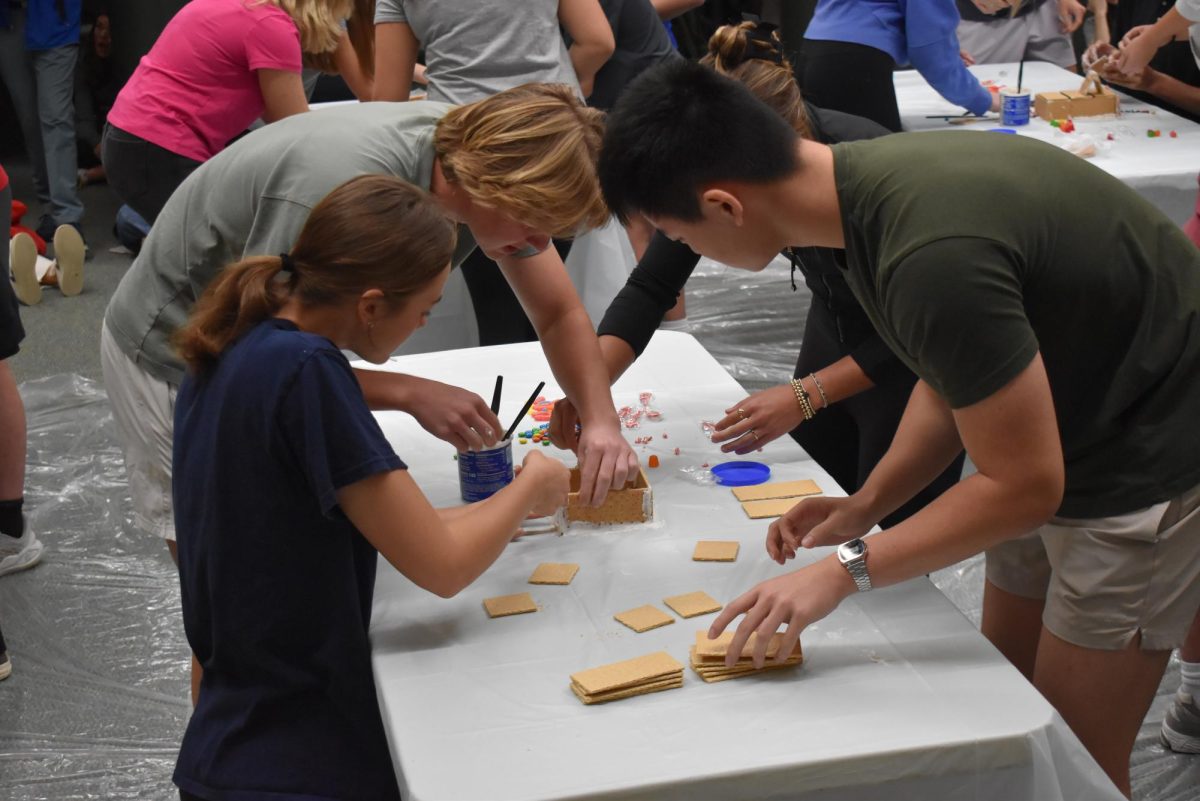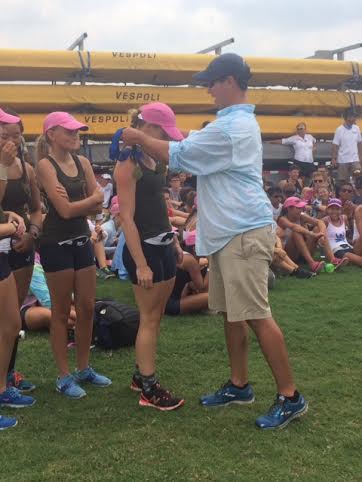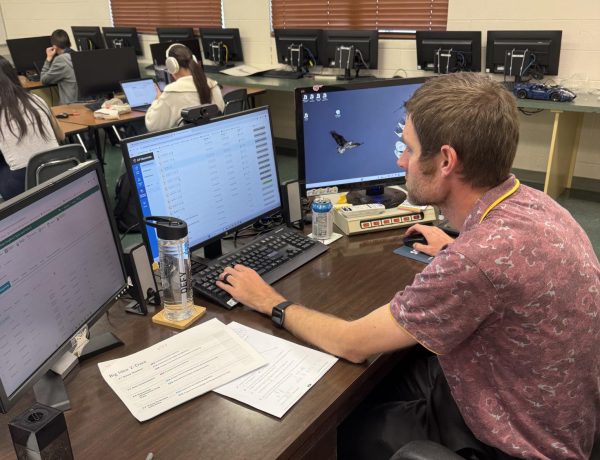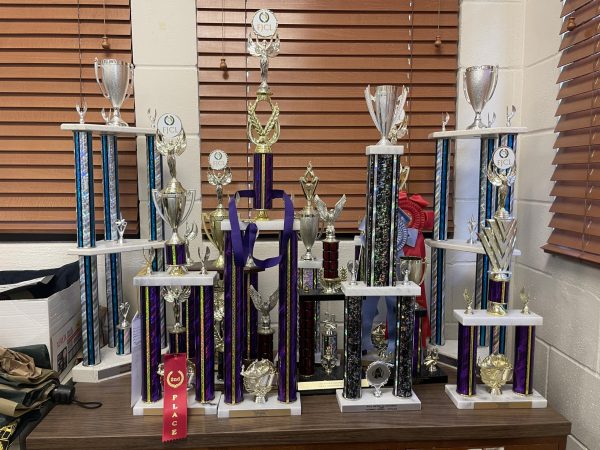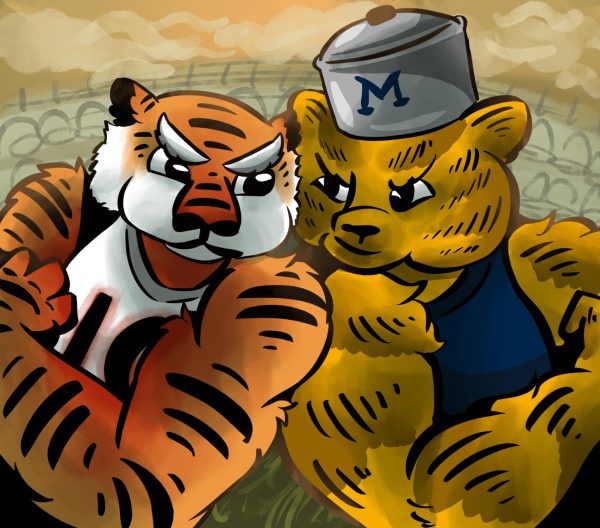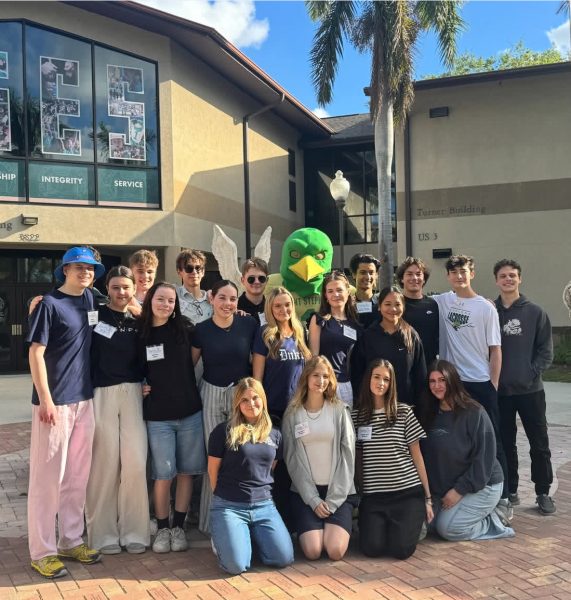New crew team rows into Saint Stephen’s
Rowing is an up-and-coming sport in the area, and SSES is getting in on the action.
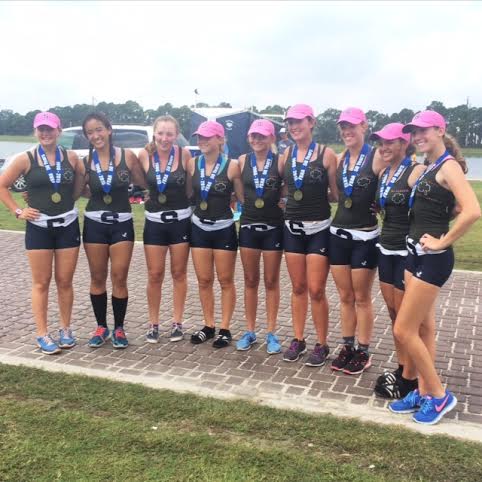
May 8, 2015
This spring, Saint Stephen’s launched a rowing team, a pilot program with 15 students at the helm. The first “experimental” Falcon crew team, which is not yet a varsity sport until next year, is currently practicing with Sarasota Crew at Historic Spanish Point, in Osprey. They compete at Nathan Benderson Park, a 500-acre lake, just off of University Parkway, Sarasota. Benderson will host regattas like the US Rowing Youth National Championships this June, and in the near future, the 2017 World Rowing Championships.
Sarasota Crew originally began in 2002 for high school and middle school students. The prestigious club has earned various titles, including Florida State Championship in 2011. It also featured many members participating in the Junior National Team in the last four years and seven members rowing for team USA in the Junior World Championships. In addition to Sarasota Crew, there is the local crew program at Manatee County Youth Rowing, which practices at Ft. Hamer in the Manatee River. The Manatee team has 60 students from Manatee, Palmetto, and Southeast High Schools.
Rowing is a sport that’s beemn practiced throughout history. The first account of rowing was in a record of funerals in 1430 B.C. in Egypt. There, a fighter named Amenhotep II was recognized for his rowing skills. The organized sport of rowing, popular today, was initially started in London on the River Thames, by the professional rowers for ferry and taxi businesses. The International Rowing Federation was formed in 1892 to oversee the development of rowing in countries. Since 1900, rowing has been officially considered an Olympic athletic event, and in 1976, women were allowed to be participants. Rowing competitions are most popular in Australia, United Kingdom, Canada and the United States.
Contemporary rowing features two types or “crew”: sculling, where a rower only has one oar instead of two, and sweeping, where a rower has an oar in each hand.
“We were using this year to sort of test the waters so that the kids could learn if they liked crew or not. We had 15 kids go down and participate with Sarasota Crew. We still have 10 very interested and all of them seem to be interested if and when we get this started here. So it’s still in the beginning stages of interest and learning about the sport,” said Head of School, Dr. Jan Pullen. “Independent schools around the country have crew teams because it is very synonymous with getting kids into some of the elite schools that go along with college-prep.”
Rowing could provide a bridge to top-rowing schools like Ohio State, Brown, Stanford and Princeton. Now becoming a sport in the Saint Stephen’s community, rowing is beginning to gain popularity.
“Saint Stephen’s decided to explore the possibility of beginning a crew team for three reasons. The first is that there is an interest among our students and families. Second, our school is located on the river. Thirdly, a crew program is in keeping with the history of private schools and private/elite colleges – which many of our students will attend,” said Mr. Lenny Paoletti, Athletic Director.
Mr. Andrew Forester, Upper School director, said that there are many students who have diverse interests at the school: “When a student group comes forward and says this is something they’d like to do, we try to make that possible. We’re lucky to have the support of Mr. Paoletti, Mr. Mulqueen (assistant Athletic Director), and Dr. Pullen, who’ve made it possible, along with Mr. Hollinger, director of transportation, to provide transportation to a location where children can participate in a crew team experience.”
Dr. Pullen said, “Because of our McLewis Bayou running through our campus, and access to Manatee River, we ought to take advantage of this program because it’s right in our backyard.”
Bradenton, in general, is a water-friendly city, owing to the Manatee River and nearby Gulf of Mexico.
A major draw to the up-and-coming sport is a newness, a break from the traditional ball-and-field sports. It was “something different than what I’m used to,” said sophomore Reid Springstead. “And a good workout,” added sophomore Henry Wallace.
Senior Lauri Schleicher, who was on the Falcons swim team, said that after the swim season ended, she knew she was too injured to swim in college, but would be driven crazy if she just went home every day. Schleicher said: “Crew had always seemed fun to me because it required a lot of the power and commitment that swimming did, so I joined just to try something new. All the Sarasota equipment that we use is top-notch, too. They really care about their rowers.”
Freshman Caitlyn Lynch was inspired to join crew when she went to visit Brown University and their team approached her while she was up there. “They thought I was a freshman and suggested I try crew because I was so tall,” Lynch said.
Although it’s fun, several of the members mentioned that crew can be a grueling sport. Lynch said it can be “very mentally challenging because you need to have the will to keep going.”
Henry Wallace described the physical difficulty of doing the two kilometer tests on a machine called an erg: “You have to row on it for 2000 meters and try to go for a lower split (overall time), which is very challenging,” he said.
Schleicher similarly stated that the hardest thing about crew is the “not stopping.” There are no breaks or time-outs, even during practice. The coxswains and coaches watch every move and if a rower decides to take a breather, they’re told to keep going.
“When we’re racing or erging, and it feels like it’s actually impossible to take even one more stroke, and we’re less than halfway through a piece, it’s 100 percent necessary to keep pulling. Especially when we’re doing sets and there are eight other girls in the boat (including the coxswain). We need to pull our hardest for each other,” Schleicher said. “My hands get absolutely torn up. After a while, rowers get calluses, but I’m not at that point, so my hands are destroyed.”
For the next few weeks the students will continue rowing at Historic Spanish Point and at Ft. Hamer. Then, next year it will very likely be a new varsity sport. “Our students and families currently train privately either at (Ft. Hamer Bradenton) or with Sarasota Crew at the Historic Spanish Point. With a solid year of experience, Saint Stephen’s will develop a school team that will train twice per week off of our own dock, in our own boats, wearing our school colors,” Athletic Director Paoletti said.
In addition to swimming, crew is the second water sport to be included in Saint Stephen’s sports curriculum. It is a sport that will teach the tenacity and determination necessary to succeed. It will build physical stamina, and teach the rowers what team cooperation can do.
Schleicher said that through crew, she’s learned that nothing comes easy. “We work to the point of tears some days, but that’s what gets the gold and nothing beats that feeling. Every practice is painful, but at least I have my friends to get through it with me,” she said. Well, if it’s important to the kids, this administration will make it happen.
Dr. Pullen said, “One of the beauties of Saint Stephen’s is that we’re always trying to look for opportunities for our students and this is just another way we are trying to provide the best for our students. There may be a handful that would like to go to college and be on a crew team, and now they would have the opportunity to do that through Saint Stephens. I like to provide opportunities for our kids.”

